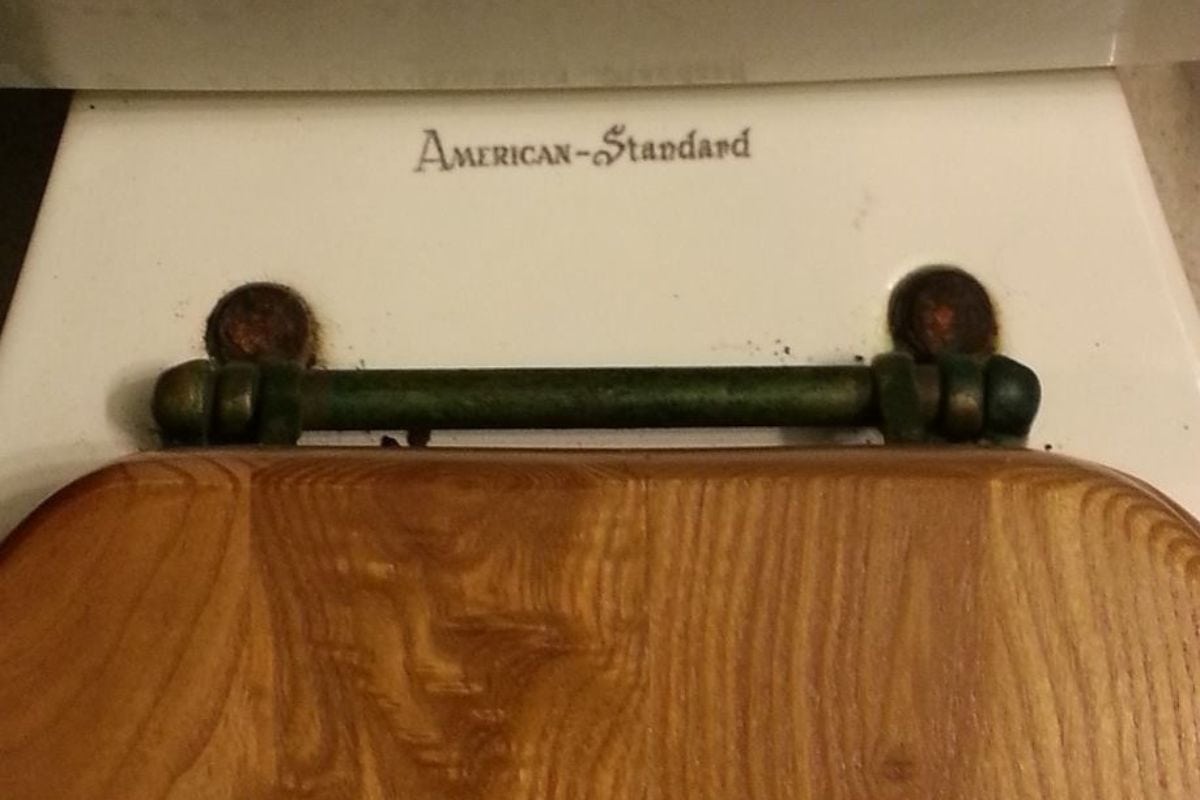One of the most common toilet problems is a toilet seat rusted onto the toilet. Most of us don’t think about the bolts that hold the toilet seat to the bowl until it is time to remove them. Most people have no idea how to remove corroded toilet seat bolts from the bowl. This article will show you how easy it is to remove rusted bolts in your toilet and replace them with new bolts!
Causes of Rust on Washroom Seat Bolts
Toilet seat bolts are the nuts that secure the toilet seat to the toilet bowl. When you have rust on the toilet bolt, it can be very frustrating. You might be wondering how this happens and why it happens so often. There are many reasons why your washroom seat bolts may become rusted.
Here are some common causes of a rusty toilet seat bolt:
Use of too Much Water in the Toilet Bowl
The most common cause of rust on bathroom seat bolts is leaving water in the bowl for extended periods. If you use the toilet regularly, there will be some water left after each use. The excess water seeps into the bolt and nestles itself inside the metal, causing rust to form around it. This is a widespread problem and should be addressed if you notice any signs of rust on your bathroom seat bolts.

Using Harsh Cleansers to Clean the Toilet Bowl
The harsh chemicals in some toilet bowl cleaning solutions can cause corrosion on metal parts, including the bolts that hold your toilet seat in place. This leads to rusting and eventually loosening of the bolts. To avoid this problem, use mild cleansers to clean your toilet bowl and replace them with stronger cleaners only when necessary.
Not Replacing Your Bathroom Seat Bolts Regularly
Over time, old bolts may get rusty and lose their ability to hold tight against tension exerted by tightening screws or nuts. This could lead to loosening of the bolts and even falling off of your toilet seat if not attended to immediately! Replacement bolts are available at most hardware stores and should be replaced as soon as they show signs of wear or corrosion.
Not Keeping Your Toilet Clean
Another reason why your toilet bolts might be rusted is if you don’t keep your toilet clean. Over time, the water in your toilet bowl can build up minerals like calcium and lime from hard water, which will cause it to become stiff and crusty over time. This buildup can prevent water from draining properly from your toilet bowl and clog up other parts of your plumbing system.
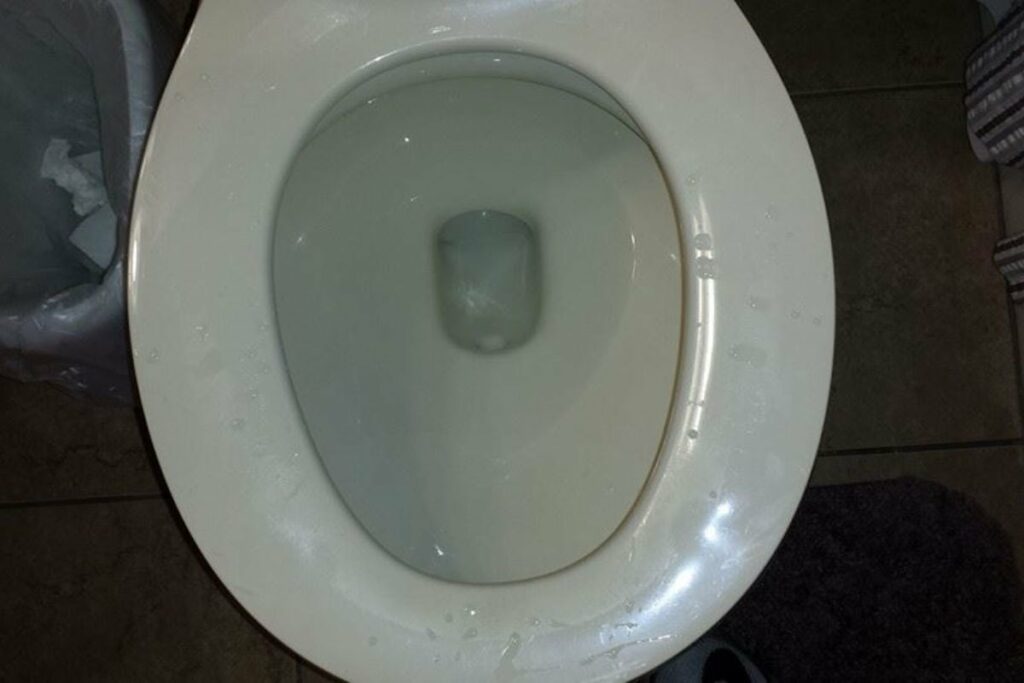
To prevent this, you should flush every time after using the bathroom and wipe away any excess residue from around the rim of your toilet before it can dry up on its own. You’ll also want to use bleach once or twice per month to help keep bacteria levels low in your bathroom.
Pvc Piping
Another common cause of rust on the toilet bolts is PVC piping. Plastic pipes are generally easier to install than metal ones, but they also deteriorate over time. As they age, they tend to become brittle and crack easily, leading to leaks in your home’s plumbing system. When this happens near your toilet, it can allow water to seep into the bolt heads on your toilet seat and cause rusting over time.
Inadequate Ventilation for Your Bathroom
If you don’t have enough air circulation in your bathroom, then moisture can build up in the toilet area. This will cause corrosion to occur on any metal parts exposed to this moisture.
To prevent this from happening, you should ensure that there is plenty of ventilation when you are using the bathroom. You can do this by opening windows or doors while showering or bathing and letting air circulate through the room.
Incorrectly Installed Water Supply Line to Your Toilet
The water supply line to your toilet is probably the most common cause of a rust on the toilet seat bolt. If you have an older bathroom, it may be that the water supply line was installed incorrectly or not sealed properly.
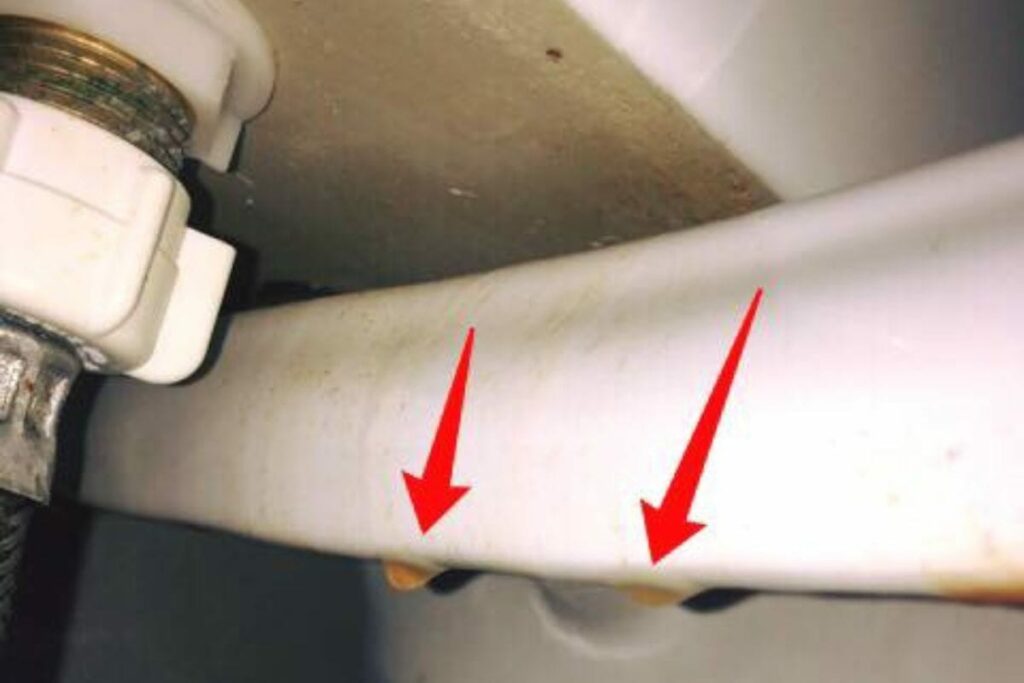
If you have an older toilet with a plastic flapper valve, then the seal between the flapper and the tank may have deteriorated over time, allowing water to leak in and out of the tank. This can lead to rusting of the bolts holding your toilet seat on.
You need to replace both the seal and the bolts with new ones to fix this problem. This will prevent future leaks from causing more damage to your toilet seat or bolts.
Steps to Remove Rust on the Toilet Seat Bolts
If you have rust on your toilet seat bolts, you can replace the bolts with new ones. The first step is to remove the old bolts. You will need a few tools for this job, including an adjustable wrench and a flathead screwdriver.
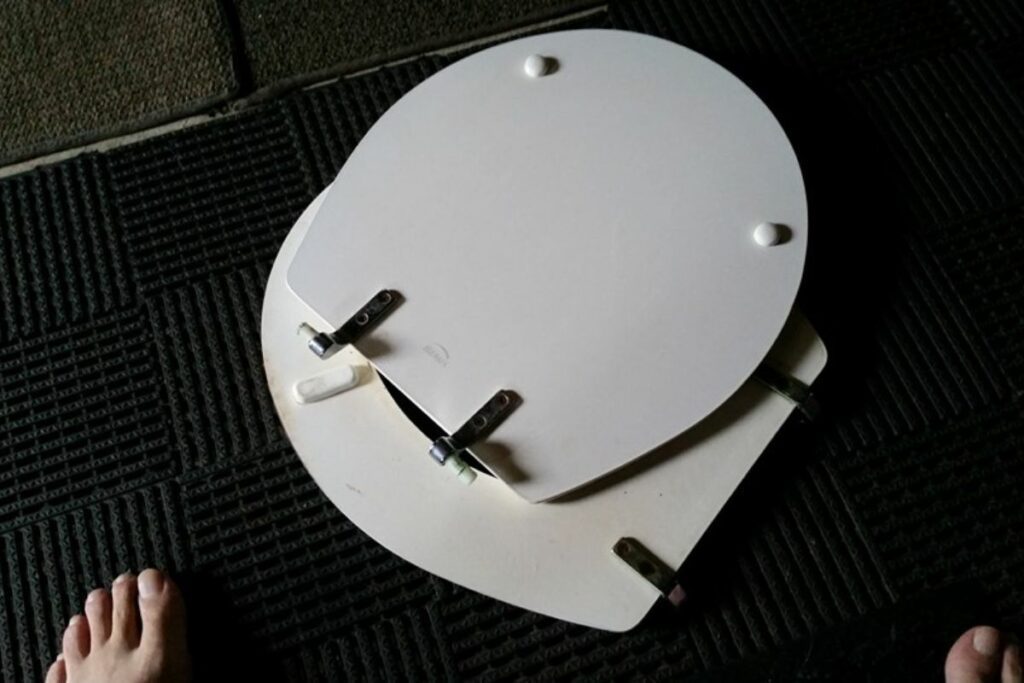
STEP 1: Remove the toilet seat
You’ll need to remove the toilet seat and lid before you can get to the bolts. First, flush the toilet to drain it and then lift the lid. If it’s hard to raise, you may need a screwdriver or other tool to pry it off. Once off, set it aside and let the water drain out. Then turn on your faucet and let the water run into the bowl for about 10 minutes until there’s almost no water left. Put down a bucket or some towels so that if there is any water left in it, it won’t spill out onto your floor when you remove the toilet seat bolts.
STEP 2: Heat the rust on the bolts with a hairdryer
Heat is another method that works well for removing most types of rust. The idea here is to heat the bolts to expand and become soft enough for you to remove them with pliers or a wrench.
First, clamp down on one side of the bolt with your vise grips. Then, position yourself on the opposite side of the toilet bowl and use your blowtorch to heat the bolts.
Once you’ve got them nice and hot, go ahead and twist them off using a pair of pliers or a wrench.
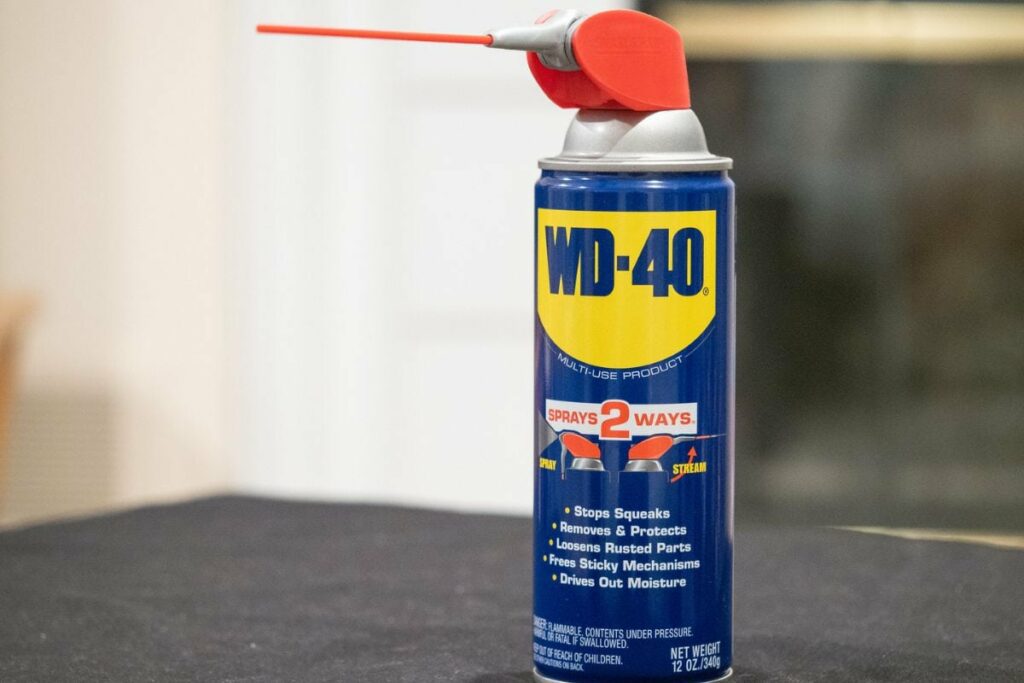
STEP 3: Let the seat bolts sit for 5 to 10 minutes.
The heat should have loosened up some of the rust by now, but if not, try spraying the seat bolts with WD-40 or a similar lubricant, then let them sit for five to 10 minutes. The lubricant will help loosen and let it sit longer before you begin removing the bolts.
STEP 4: Pry Apart the Rusted Bolts
If you have a pry bar or flat head screwdriver, you can use that to pry apart the rusted bolts. This will take some force, so be careful not to damage your toilet by using too much power. Pry from both sides and work your way around as much as possible until you can remove all four bolt nuts.
If you don’t have any tools, you can still use some strength and elbow grease to remove the nuts using just your hands. Once the nuts are separated from the bolt shafts, it will be easier to remove them altogether.
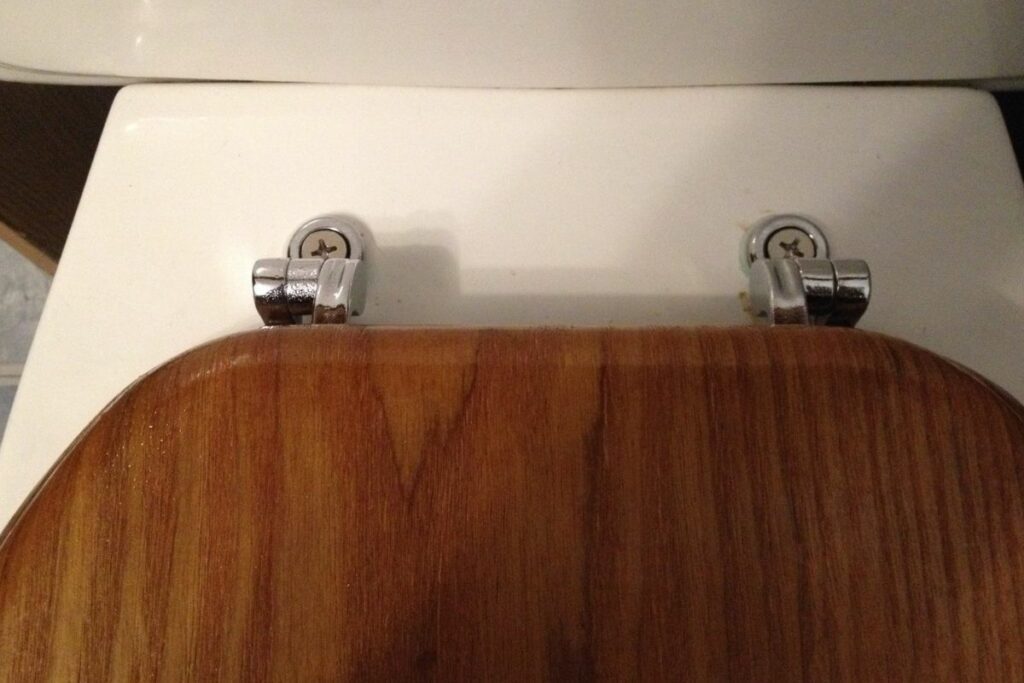
STEP 5: Replace the Toilet Seat Bolts
Once you’ve removed the rusted bolts, it’s time to replace them with new ones. You can buy replacement toilet bolts at your local hardware store. Toilet seat hardware is available in different lengths and types, so match the new bolts with the old ones before buying replacements.
You should also replace any washers or gaskets that may have worn out over time. If you’ve replaced all of these components already, but they’re still sticking, you may need to sand down the screw holes until they’re smooth again.
Conclusion
So, now you have a basic overview of removing rust on toilet bolts. You may have even picked up some additional ideas along the way. If you’re still in need of tips or tricks for removing rust on toilet bolts, don’t hesitate to comment on this post below. I’ll do my best to help you out! Good luck!

Amos Christen graduated with a bachelor’s degree in Interior Design from Drexel University — Philadelphia, PA. Since 2003, Amos has worked with top interior design professionals in this area, including architects and interior/graphic/lighting designers. As a skilled interior designer, Amos Christen is highly versed in fine arts and crafts and uses that to supplement his main area of expertise. He often publishes articles related to home décor on several websites, including Sprucetoilets.com, Sprucebathroom.com, and Mybesuitedhome.com. He also contributes to leading interior design magazines.
